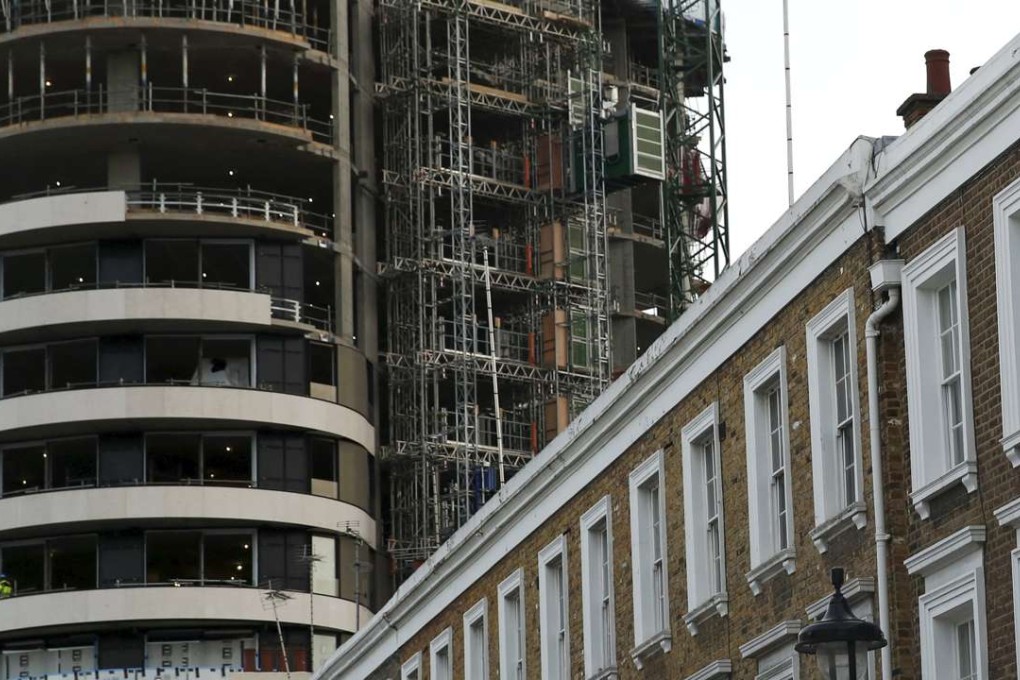Concrete Analysis | Asset differential provides opportunities for European property investors
While prime property values have risen quickly, the rest of the European market has seen a much slower recovery, creating a significant dichotomy

The very low level of European interest rates has been the main driver of recovery in European real estate over the last few years, as income-hungry investors substitute higher yielding prime real estate investments for low-yielding bonds.
This has driven up the prices of these assets to such an extent that prime yields in a number of markets are at record lows. However, prime assets are only a small proportion of the total real estate market. While their value has risen quickly, the rest of the market has seen a much slower recovery, creating a significant dichotomy in the market.
This combination of persistently strong, but polarised investor demand and the lack of prime space to let has resulted in a larger than average spread between prime and secondary rents and yields. This points to potential opportunities to pursue value-add strategies that reposition secondary real estate assets as prime properties.
The rising price of prime property assets in Europe may have pushed rental yields down to levels not seen since the peak of the market, yet it still delivers a historically large yield premium versus long-term government bonds.
As insurers and pension funds are finding it difficult to meet their liabilities, many have invested in prime European property in an attempt to access stable long-term cash flows that have provided higher returns than those on offer from bonds.
The European market has also been boosted by the emergence of sovereign wealth funds (SWF) and rising wealth and savings in Asia. According to Real Capital Analytics, SWFs have invested €45 billion(HK$384 billion) in European real estate over the last five years. Due to their size, SWFs are increasingly dominant in transactions for large assets and in global gateway cities, particularly London.


